The Taliban have captured a major border crossing between Afghanistan and Iran, according to Afghan officials.
Video footage appeared to show Taliban forces taking down the Afghan flag from the roof of the border customs office.
The Islam Qala crossing is one of the biggest trade gateways into Iran, generating an estimated $20m monthly revenue for the government.
The Taliban are rapidly retaking land across Afghanistan as the US-led mission removes the last of its troops.
The Americans earlier this week quietly abandoned Bagram airfield, a sprawling base that was the centre of US operations in Afghanistan and once held tens of thousands of troops.
The Taliban are thought to now control more than a third of the country’s 400 districts, including an arc of territory from the Iranian border in the west to the frontier with China on the other side of the country.
The Afghan government on Friday acknowledged the loss of the Islam Qala border crossing, in Herat province.
“All Afghan security forces including the border units are present in the area, and efforts are under way to recapture the site,” interior ministry spokesman Tareq Arian told the AFP news agency.
Zabihullah Mujahid, a spokesman for the Taliban, said the crossing was “under our full control”.
The BBC is not responsible for the content of external sites.
Reports said Taliban fighters had seized five districts in Herat without a fight. Earlier this week, more than 1,000 members of the Afghan security forces fled to Tajikistan as the Taliban advanced around them.
Russia on Friday said the Taliban had taken control of about two-thirds of the Afghan-Tajik border in a swift advance. Russian foreign ministry spokeswoman Maria Zakharova said Moscow was urging all sides in Afghanistan to “show restraint”.
News of the capture of the border crossing came hours after US President Joe Biden defended his administration’s decision to withdraw from Afghanistan after 20 years of war.
“I will not send another generation of Americans to war in Afghanistan with no reasonable expectation of achieving a different outcome,” Mr Biden said.
He admitted it was “highly unlikely” the Afghan government would be able to control the entire country
According to an assessment distributed to officials last month and reported by US media, some US intelligence analysts fear the Taliban could seize control of the country within six months.
Afghan President Ashraf Ghani has insisted that Afghan security forces are capable of keeping the Taliban at bay, and Afghan forces appear to have retaken lost ground in some areas.
According to officials, troops on Wednesday recaptured government buildings in the western city of Qala-e-Naw – the first major provincial capital entered by the Taliban in their latest offensive.
US operations in Afghanistan will officially end on 31 August, but the vast majority of foreign troops have already left.
Peace talks between the government and the Taliban continue, but the talks have regularly stalled and failed to progress significantly.
Twenty years of conflict in Afghanistan – what happened when?
From 9/11, to intense fighting on the ground, and now full withdrawal of US-led forces, here’s what happened.
9/11
11 September 2001
Al-Qaeda, led by Osama Bin Laden in Afghanistan, carries out the largest terror attack ever conducted on US soil.
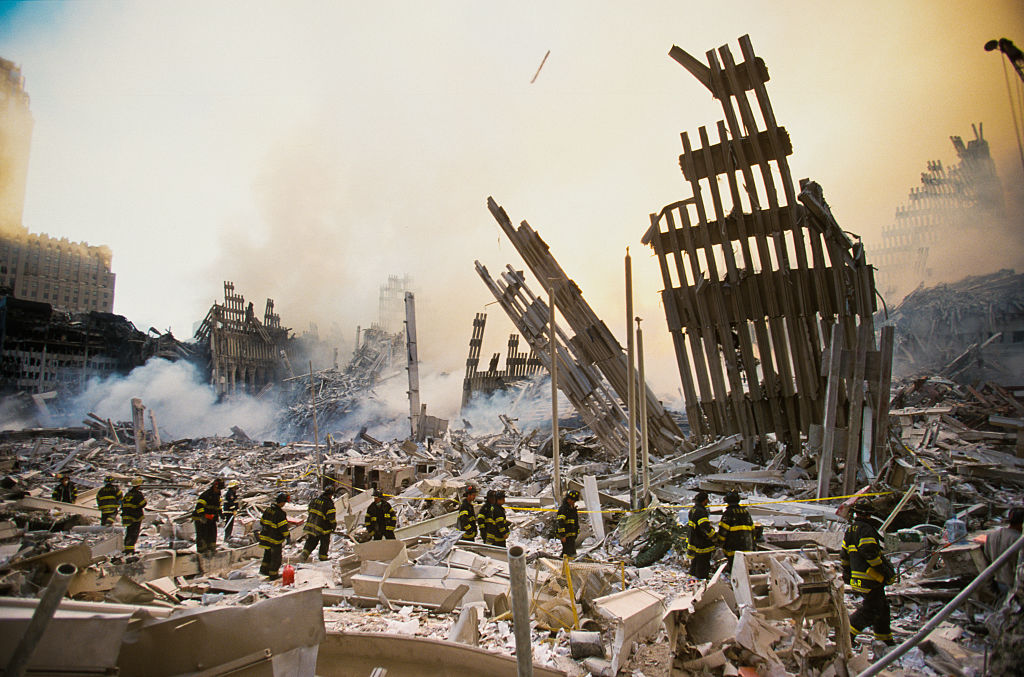
Four commercial airliners are hijacked. Two are flown into the World Trade Centre in New York, which collapses. One hits the Pentagon building in Washington, and one crashes into a field in Pennsylvania. Nearly 3,000 people are killed.
First air strikes
7 October 2001
A US-led coalition bombs Taliban and al-Qaeda facilities in Afghanistan. Targets include Kabul, Kandahar and Jalalabad.
The Taliban, who took power after a decade-long Soviet occupation was followed by civil war, refuse to hand over Bin Laden. Their air defences and small fleet of fighter aircraft are destroyed.
Fall of Kabul
13 November 2001
The Northern Alliance, a group of anti-Taliban rebels backed by coalition forces, enters Kabul as the Taliban flee the city.

By the 13 November 2001, all Taliban have either fled or been neutralised. Other cities quickly fall.
New constitution
26 January 2004
After protracted negotiations at a “loya jirga” or grand assembly, the new Afghan constitution is signed into law. The constitution paves the way for presidential elections in October 2004.
Hamid Karzai becomes president
7 December 2004
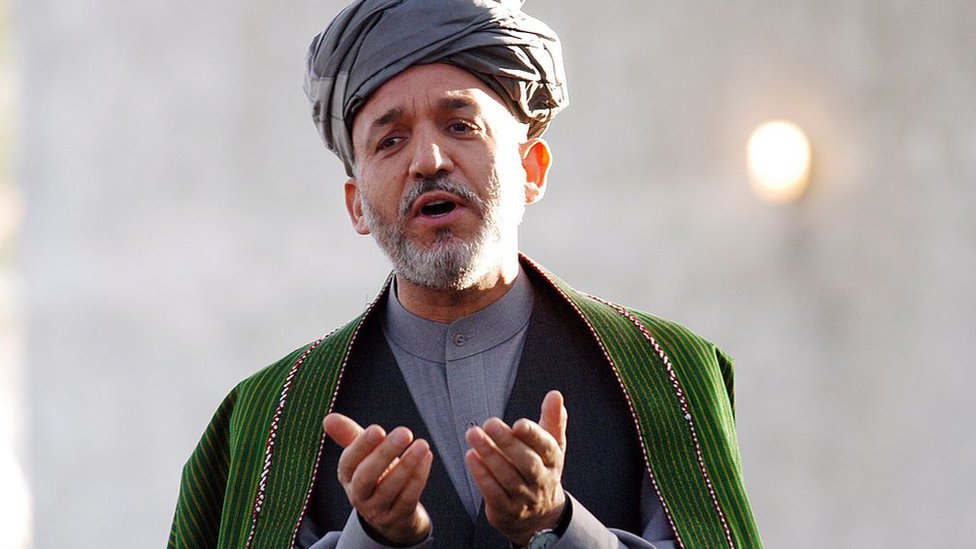
Hamid Karzai, the leader of the Popalzai Durrani tribe, becomes the first president under the new constitution. He serves two five-year terms as president.
UK troops deployed to Helmand
May 2006
British troops arrive in Helmand province, a Taliban stronghold in the south of the country.
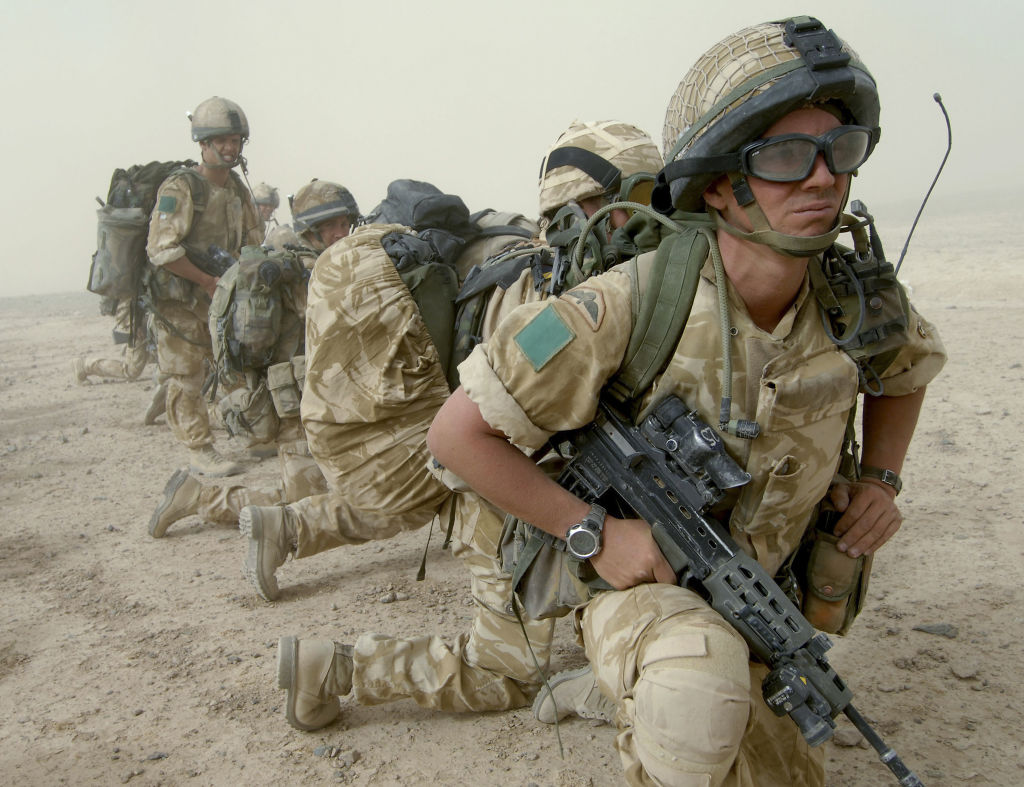
Their initial mission is to support reconstruction projects, but they are quickly drawn into combat operations. More than 450 British troops lose their lives in Afghanistan over the course of the conflict.
Obama’s surge
17 February 2009
US President Barack Obama approves a major increase in the number of troops sent to Afghanistan. At their peak, they number about 140,000.
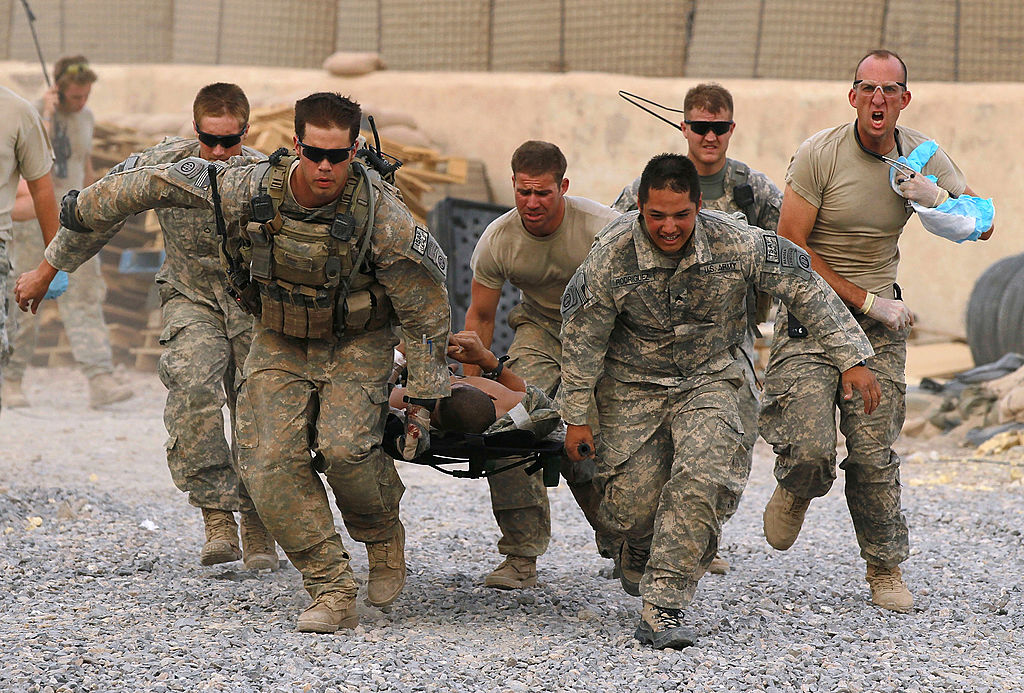
The so-called “surge” is modelled on US strategy in Iraq where US forces focussed on protecting the civilian population as well as killing insurgent fighters.
Osama Bin Laden killed
2 May 2011
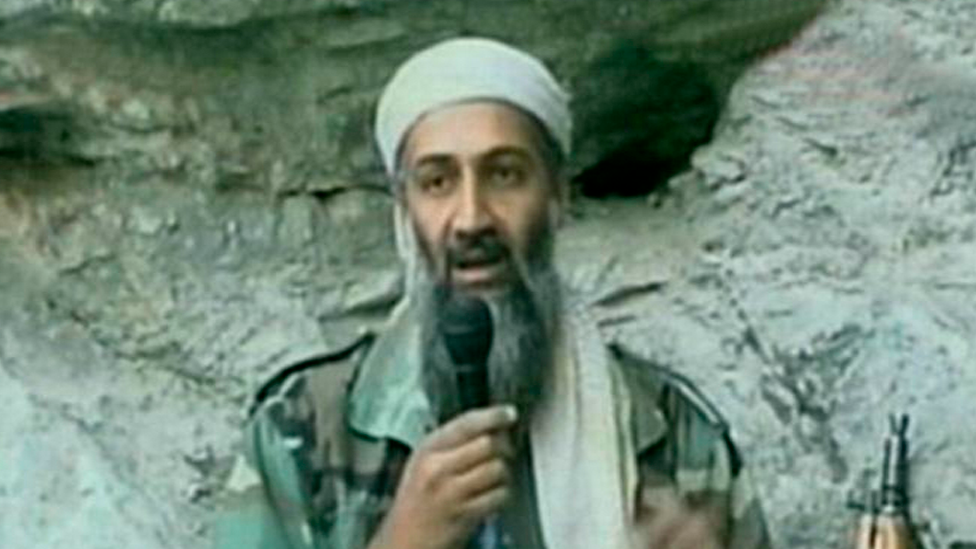
The leader of al-Qaeda is killed in an assault by US Navy Seals on a compound in Abbottabad in Pakistan. Bin Laden’s body is removed and buried at sea. The operation ends a 10-year hunt led by the CIA. The confirmation that Bin Laden had been living on Pakistani soil fuels accusations in the US that Pakistan is an unreliable ally in the war on terror.
Death of Mullah Omar
23 April 2013
The founder of the Taliban, Mullah Mohammed Omar, dies. His death is kept secret for more than two years.

According to Afghan intelligence, Mullah Omar dies of health problems at a hospital in the Pakistani city of Karachi. Pakistan denies that he was in the country.
Nato ends combat operations
28 December 2014
At a ceremony in Kabul, Nato ends its combat operations in Afghanistan. With the surge now over, the US withdraws thousands of troops. Most of those who remain focus on training and supporting the Afghan security forces.
Taliban resurgence
2015
The Taliban launch a series of suicide attacks, car bombings and other assaults. The parliament building in Kabul, and the city of Kunduz are attacked. Islamic State militants begin operations in Afghanistan.
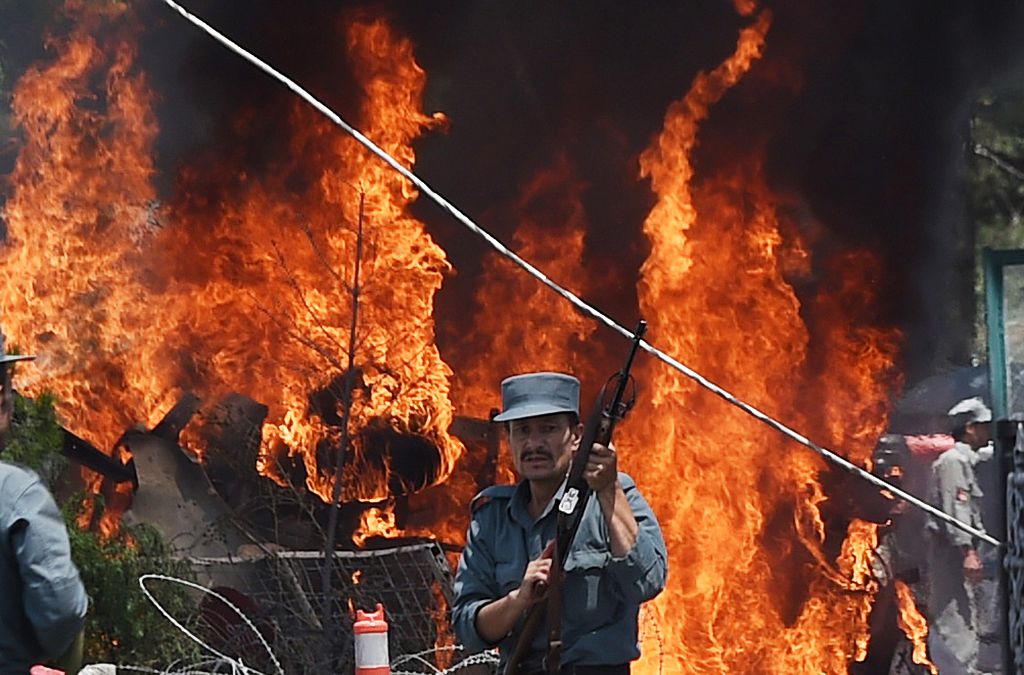
Death toll announcement
25 January 2019
Afghan President Ashraf Ghani says more than 45,000 members of his country’s security forces have been killed since he became leader in 2014. The figure is far higher than previously thought.
US signs deal with Taliban
29 February 2020
The US and the Taliban sign an “agreement for bringing peace” to Afghanistan, in Doha, Qatar. The US and Nato allies agree to withdraw all troops within 14 months if the militants uphold the deal.

Date for final withdrawal
11 September 2021
US forces are scheduled to withdraw from Afghanistan by 11 September 2021, exactly 20 years since 9/11. There are strong indications that the withdrawal may be complete before the official deadline.


